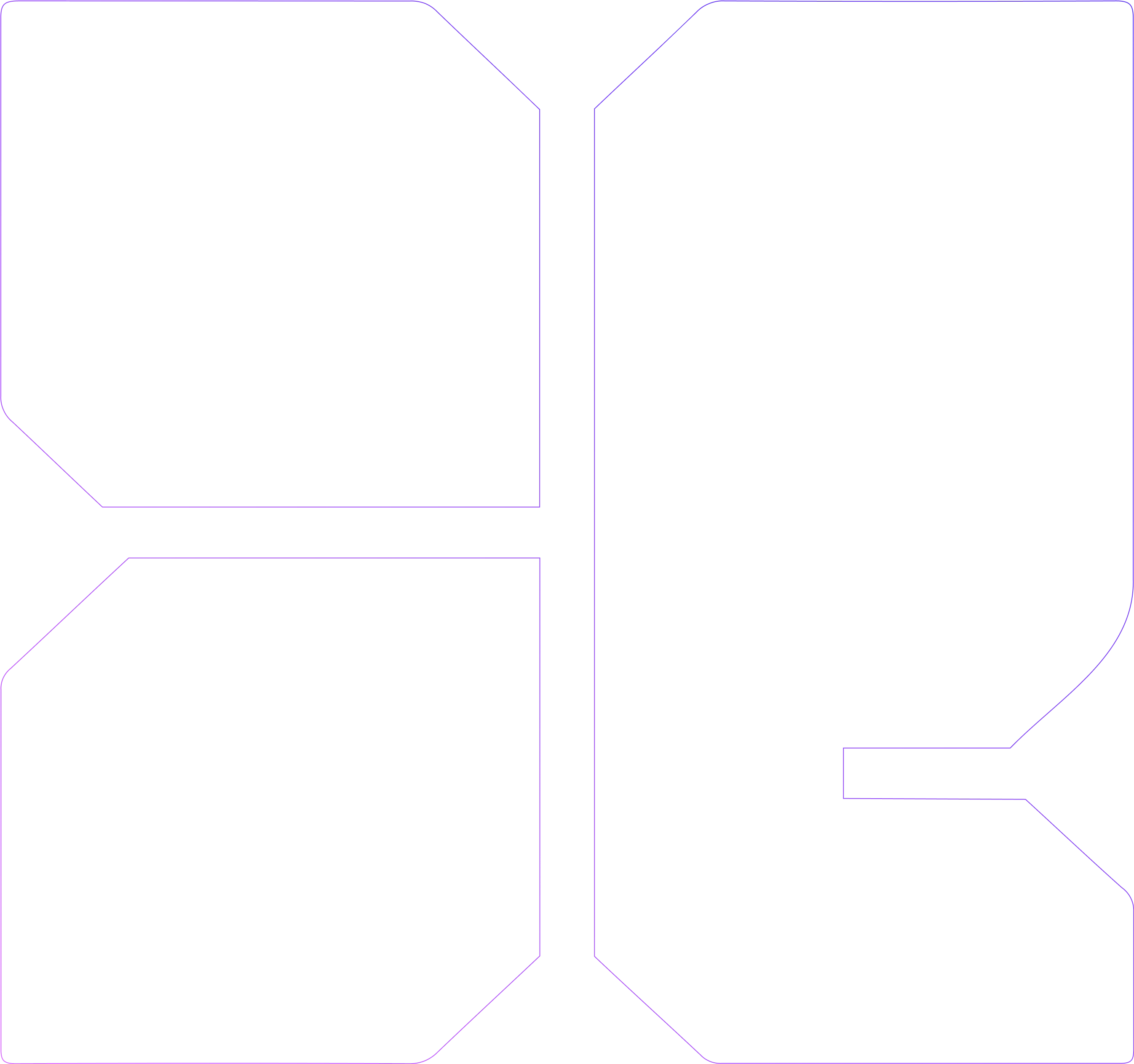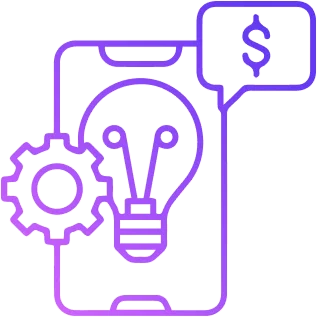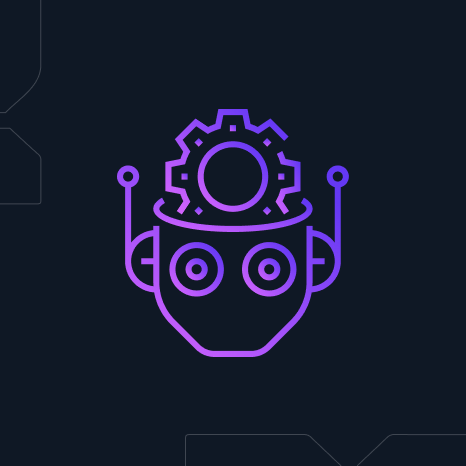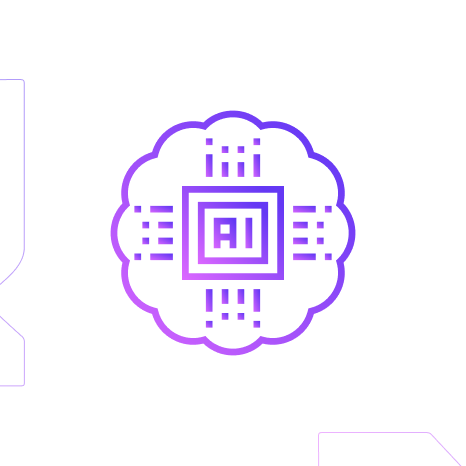

Fintech Innovations and the Impact on Customer Experience

New technologies are innovating financial technology (fintech) industries in a multitude of ways. Seen in the statistics below, it is obvious that innovating in fintech is imperative to keep up with the competition and stay ahead of the curve.
“Worldwide blockchain in the fintech market is foreseen to grow from USD 231.63 million in 2017 to USD 6700.63 million by 2023.” (Market Research Future)
“Artificial intelligence is one of the leading technologies in the fintech market, with a market share of 38.25% in 2019.” (Research and Markets)
“Peer-to-peer (P2P) or digital lending, another segment of fintech, is worth $43.16 billion in 2018 and expected to rise to $567.3 billion in 2026.” (Reports and Data)
“82% of banks, insurers, investment managers plan to increase FinTech partnerships; 88% are concerned they’ll lose revenue to innovators.” (PwC)
Keep reading to find out how various fintech innovations can impact the consumer experience.
Digital Only Banking
Previously, financial institutions relied on being brick-and-mortar, with some digital presence such as mobile apps. Recently, some banks have started to go all digital. This allows them to provide cost-effective services with the same quality as physical banks, while also targeting the more technological generation.
- Convenience: Customers can bank whenever and wherever they please, having 24/7 access from anywhere; whether they wish to check their balance, transfer funds or deposit cheques. Notifications can also be turned on to alert you about any overdrafts, and many digital only-banks allow you to set up your own monthly spending limits.
- Personalisation: Customers can receive personalised financial advice, saving tools, and loans within the app without having to ask. Personalised services are known to increase customer’s value perception, satisfaction, and loyalty.
- Control: Allowing customers to self-serve, have no restrictions on when they can perform banking tasks, and instantly send money to friends and family makes the customer feel like they have complete control over their finances.
Artificial Intelligence
AI-powered fintech solutions can be useful for not only organisations, but their customers as well. By utilising artificial intelligence’s cognitive abilities to go through large amounts of data, AI has the power to use predictive analysis to personalise financial solutions for customers. This allows for personalised financial packages and speeding up loan processes/approvals. Implementing predictive analysis is a great way to improve customer retention and further increase customer satisfaction.
AI also allows for chatbots and virtual assistants. Nowadays, implementing these can be a fairly easy process with maximum results. Those who are not very “tech-savvy” may need assistance and by incorporating chatbots they can automatically find answers without the hassle of going through your entire website. Providing quick answers to queries further improves the customer experience.
Blockchain
Blockchain has been a hot topic in the financial industry for the past few years. It gives the power to provide a transparent, reliable, and secure ledger to record various documents, contracts, and transactions.
There is no doubt that bitcoin can help fintech industries, but how does this affect the customer experience?
- Reduce Cost & Transactions: Blockchain-based transactions can occur in real-time therefore, customers receive their transactions in minutes not days. Additionally, blockchain-based fintech applications significantly reduce costs by eliminating the unnecessary fees caused by intermediaries. This is done by the implementation of direct and peer-to-peer (P2P) transactions
- Security: Fintech enables customers to choose how and who they share their identity with by utilising digital fingerprints (a unique identifier). This enables customers to perform credible and secure transactions. Additionally, blockchain allows for smart contracts – which essentially digitally ties contractual obligations with specific conditions in a secure and risk-free system.
- Transparency: Implementing blockchain into fintech has the ability to give customers what they want most: transparency. Data transferred via blockchain is 100% transparent, allowing for a level of trust between business and consumer, which can significantly improve customer loyalty.
The Future
Augmented Reality (AR) / Virtual Reality (VR)
AR and VR allows for a mixture of the digital and physical world giving the customer the best of two worlds. AR/VR banking expands the opportunities an interface can provide, bringing the customer a revolutionary banking experience. This allows for the customer to feel more connected to the organisation due to having a physical component. While both AR/VR both still have some technological challenges, there is an opportunity to transform the customer experience for the better.
Internet of Things (IoT)
Similarly, to AR/VR, IoT is not currently being implemented into fintech industries as much as other technologies. However, as more devices are connected to the internet the more opportunities open for fintech organisations and their customers.
Benefits of IoT:
- Fast Customer Service: IoT can allow for immediate support. For example, by utilising smartphones to notify account supervisors when a customer arrives at a branch leading to quick assistance and higher customer satisfaction.
- Quick Payments: Wearable devices and wireless self-check-out services make paying for products a quick and simple process
- Customised Solutions: Companies can utilise IoT devices to collect insurance telematics and use this data to provide personalised insurance coverage.
- Fast Services: Additionally, IoT devices can provide very accurate data. This may come in handy for any insurance claims and allow for faster claim decisions.
The future of innovations in fintech is always expanding, with continuous advances in technology it is best for organisations to embrace innovative solutions for competitive advantage and sustained customer loyalty.
While innovating your fintech organisation may sound daunting, reaching out to an expert team helps make the process easier.
Contact us for any questions or for a free tailor-made plan and allow us to take of your end-to-end continuous innovation. Start improving your organisation’s customer experience today!



Leave a comment!